By Amanda Marasco
March 12, 2018
Terrific toys - the latest and greatest, the classic and cool!
|
|
|||
|
Hi there and welcome! This week's newsletter is all about COOL SCIENCE TOYS... |
|||
|
TOY FAIR WRAP UP: New Science Finds |
|||
|
|
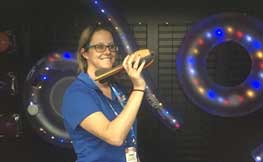 |
||
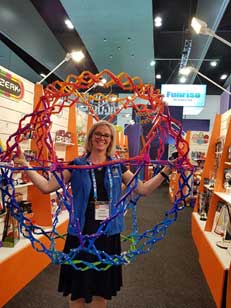 |
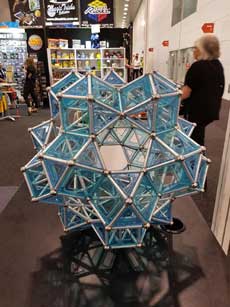 |
||
|
|
|
||
|
The science behind some classic toys
|
|||
|
Wind Up Australian Butterflies Like most wind ups, these butterflies work by storing muscle energy in an elastic band. As you wind the thorax of the insect, the tighter the elastic band becomes. The energy stored in the elastic band is called ‘potential energy’. When you let go of the butterfly, it quickly unwinds, releasing the stored energy in the form of ‘kinetic energy’ (the energy of movement), and off your butterfly goes! Our Rubber Band Paddleboat also works on this principle. |
Music Box – The Pink Panther The simple design of this music box allows you to get up close and personal with all its components. The steel comb component has 18 teeth of varying lengths to produce different notes and looks just like a real hair comb, only tiny. The cylinder is dotted with steel pins that lift up the teeth at strategic points to make the perfect Pink Panther tune every time. There is also a handle, screws and cog wheels to control speed. It is recommended that the music box be placed (or screwed) on a hard surface like wood. This acts to enhance the sound through amplification. Our Schylling Tin Music Box contains the same mechanism inside, but is easier for little hands to hold.
|
||
|
Newtons Cradle The original classic executive desk toy is a wonderful demonstration of some fundamental concepts in energy transformation and transfer, momentum, collisions and friction. Raising one ball gives it potential energy; releasing it transforms potential to kinetic energy. When it collides with the second ball and stops, its energy is transferred down through the balls until the last ball swings up and then down to start the process again. Over time, the balls lose small amounts of energy in the form of heat (due to friction between the balls). |
Drinking Bird The energy that keeps this little bird bobbing up and down comes from the surrounding air. Just wet the birds head to start the process. As the water evaporates, the head becomes cooler than the blue liquid in the body. This results in vapour condensation in the head. The condensation, in turn, evaporates and shrinks making the air pressure lower in the head than the body. The low air pressure causes the blue liquid to move up into the head, tipping the balance. The beak is submerged in water, the pressure equalizes and the fluid flows freely to the body, the now bottom-heavy bird tips upright and the process starts again.
|
||
|
Slinky Science! Most of us have played with a ‘Slinky’ at some point (or tried to untangle one, which is a lot less fun). Have you considered what happens when you drop a Slinky? You might be surprised! Watch Dr Derek Muller and Associate Professor Rod Cross from the University of Sydney mesmerise and bamboozle members of the public with their falling slinky, then offer a surprisingly simple explanation for what occurs.
|
|||
|
Workshop of the week: Toy Technology Be immersed in the wonderful science of toys. Explore energies, materials, movement and sound. Spin some colour, use magnets to draw, and even make your very own balancing toy to take home. Play has never been so educational! This workshop is for Foundation to Year 2 students. To view all of our different workshops, or to make a booking, please head over to Mad About Science in Schools.
|
|||
|
Did You Know? The classic ‘Magna Doodle’ toy can be used underwater! Scuba divers can use it to write messages to each other! The Magna Doodle uses a magnetic pen or shapes to attract tiny magnetic particles to the surface of a liquid-filled screen. It was invented in 1974, and over 5 million Magna Doodles have been sold under various brand names in that time. |
|||
|
‘Play is the work of the child.’ - Maria Montessori |
|||
|
Make your own Straw Rocket Make this rocket quickly and easily out of drinking straws. Then blast it high into the air using air pressure. Fun and completely safe! |
Competition Winners Wow! What a response we have had to our first two competitions! Thank you to everyone who took the time to send us an entry. The winner of our ‘Alien Life’ competition is 8 year old Tommy Milcz from Clontaff, NSW. Tommy chose to send the very basic elements of life – water, air, earth, a plant…and an iPhone load with pictures of Earth and a selction of music. The winner of our ‘Mystery Image’ competition is 9 year old Billie Philp, from Apollo Bay, Victoria. Billie not only correctly guessed that the mystery image was a butterfly wing, but she also sent us a beautiful watercolour butterfly painting. Well done Tommy and Billie! Your prizes will be arriving in the post soon. Look out for our next competition in next week’s newsletter!
|
||
‘Leuralla’ – Australia’s biggest toy collection Toy Enthusiasts travelling to the Blue Mountains will enjoy a visit to Leuralla Toy and Railway Museum in Leura. The Southern Hemisphere’s largest collection of toys, trains and memorabilia includes vintage tin toys, dolls, teddies, robots and all manner of model cars, trains and planes. The collection is housed in a heritage-listed country house. Read more about Leuralla Here |
|||

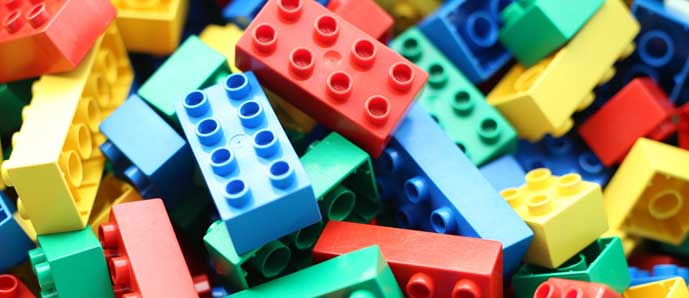
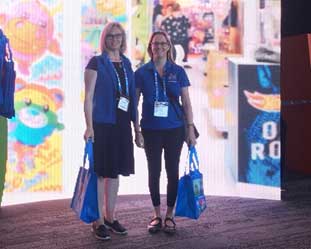
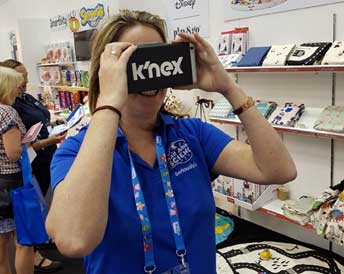
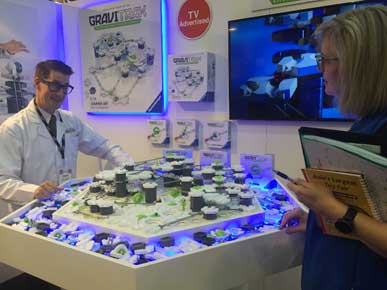
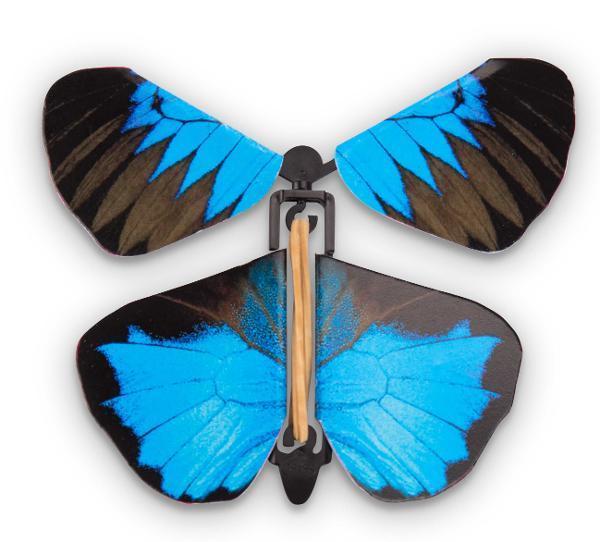
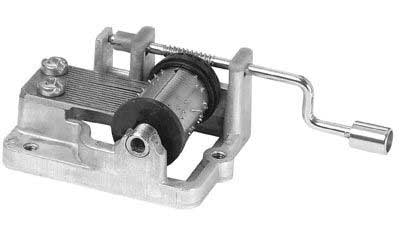
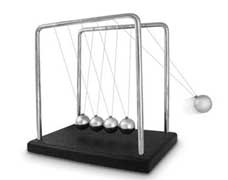
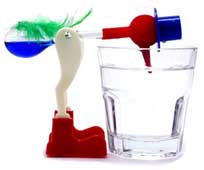
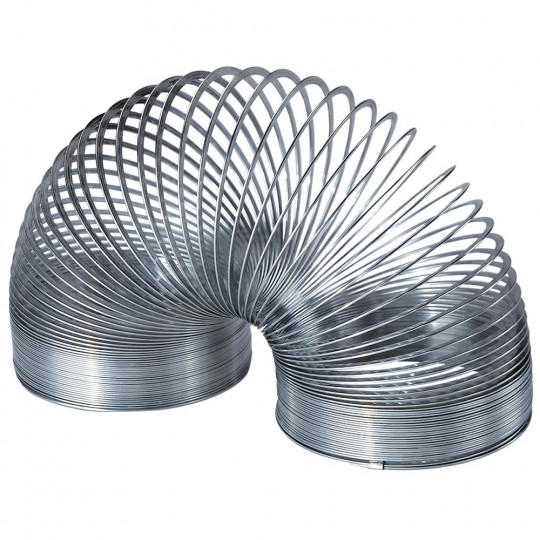
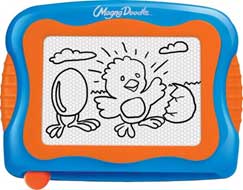
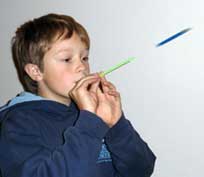

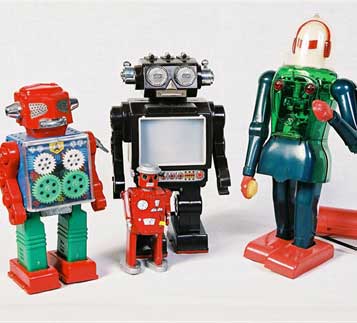
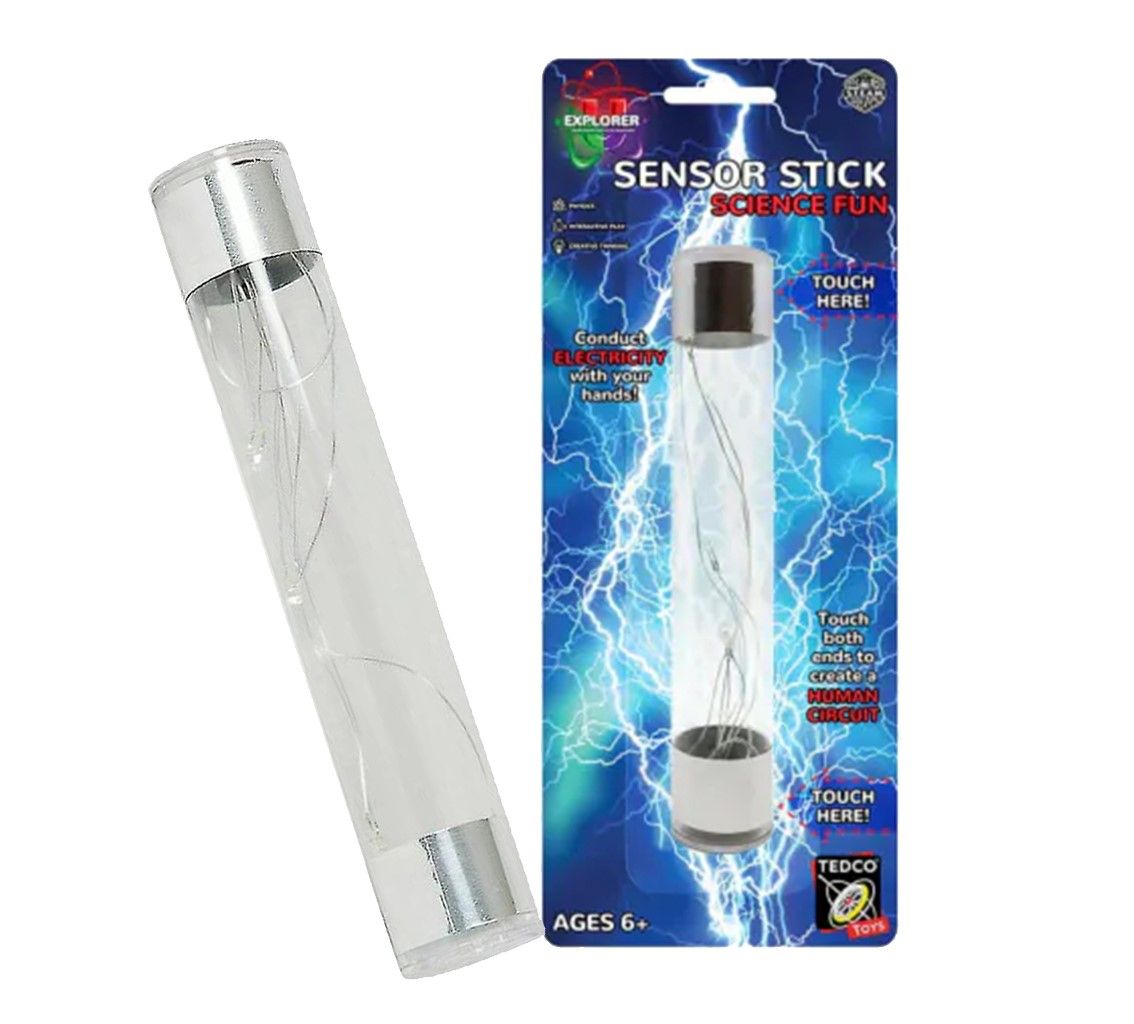


 magento3
magento3